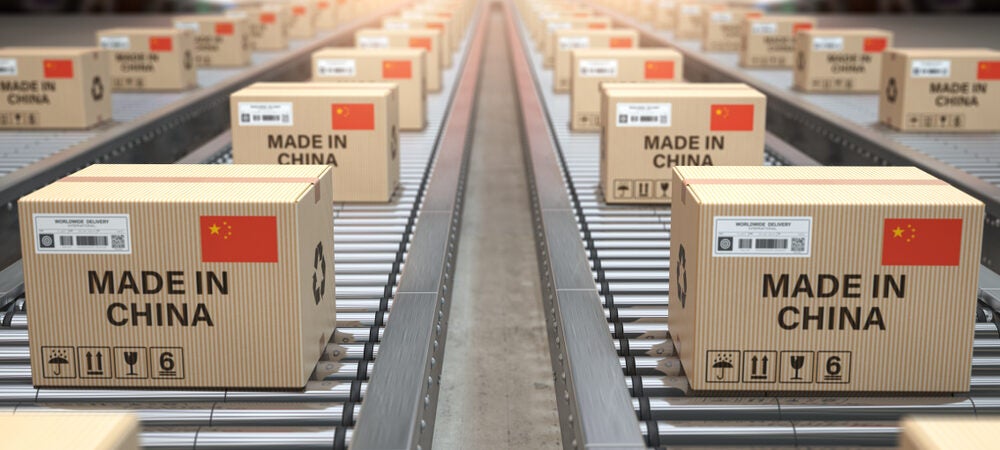It might seem odd to talk of China as the world’s economic hegemon when it is not even the largest economy in the world, at least not at market exchange rates. In purchasing power parity (PPP) terms, China overtook the United States in 2016. China’s economy is now 20% larger but the PPP measure has limited relevance when analysing the international dimensions of the economy. Nor is China’s population rich, with per capita GDP in line with global averages.
Due to China’s vast population, however, even a modicum of economic efficiency results in an economy that assumes great global significance. The structure of China’s economy yields more economic influence than its size, measured in GDP terms, might imply. The tight relationship between the party-state and economic actors in China means that economic activity can be co-opted to national purposes more easily than in liberal, market-orientated economies, where private actors pursue profit maximization as the primary objective of economic activity.
According to official data, China has accounted for about 40% of global GDP growth since 2009. This storyline has been helpful to China’s rise. Indeed, Beijing has perpetuated a narrative that China’s economic growth is fundamental to the global economy and that the future prosperity of other nations is intrinsically intertwined with China’s continued success.
This narrative has helped ensure both a general enthusiasm for closer economic engagement with China and a reluctance to jeopardize commercial relations should Beijing’s interests come into conflict with those of its trading partners. As a result, considerable influence over other countries has been accorded to China and has enabled the country to advance a Sino-centric trade order in the Indo-Pacific.
To read the full report from the Hinrich Foundation, please click here.

